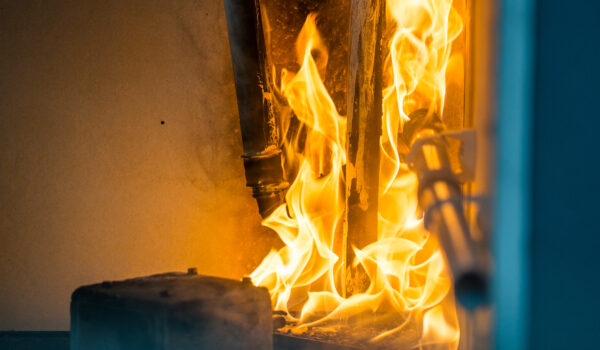The copper industry is a key contributor to the global economy, employing more than one million people around the world and generating $144 billion in wealth.
This year, copper usage has grown in line with increasing demand from the energy, construction, transportation and manufacturing sectors.
With the year coming to a close, we’ve decided to look at some of the trends that are likely to shape the global copper industry in 2023.
Five trends to watch in the copper industry in 2023
As with other trades and sectors, the copper industry will be challenged by supply chain concerns, elevated energy prices and a looming global recession as we move into 2023.
However, widespread demand for the versatile metal, particularly from the energy sector, should see the copper market remain resilient. Here’s how we see the year ahead playing out.
Excess supply
Early forecasts suggest copper supply will outpace demand in 2023. According to the International Copper Study Group (ICSG), the global copper industry is expected to see a surplus of 155,000 tonnes in the coming year.
Inflation fears are likely to limit demand for the metal as end users in the energy and construction sectors scale back their operations.
Copper recycling
Improvements in the availability of scrap copper and the capacity of secondary refining facilities will see copper recycling grow in 2023, with the ICSG anticipating a rise in secondary output of the metal.
Over the long term, copper recycling will play an increasingly important role in meeting global demand as suppliers move away from mining. Given that copper is infinitely recyclable, it’s conceivable that all copper will eventually be sourced from the circular economy.
Learn more about copper recycling below.
Energy transition
As countries and corporations move away from fossil fuels, demand for copper is set to increase dramatically. Copper is among the materials that are most critical to the energy transition, with the metal found in electric vehicles, wind turbines, solar panels and energy storage systems.
On average, renewable energy systems use around five times as much copper as those used in traditional power generation. The growing demand for electrical copper wiring will see markets shift to support the transition to renewable energy in 2023.
Antimicrobial copper coatings
Recent years have seen an increasing amount of research into the antimicrobial properties of copper, with numerous studies now establishing the benefits of applying copper to high-touch surfaces as a means of preventing the spread of viruses.
With the threat of COVID-19 still looming, nano-copper technology is being used increasingly in the surface design of medical environments and public spaces. The metal is set to play a central role in the antimicrobial coatings market, which is projected to grow significantly in 2023.
Learn more about the antimicrobial properties of copper below.
Sustainable construction
As part of the push towards net zero and a rise in demand from consumers for sustainable housing, many construction companies are now working to minimise the environmental impact of new developments.
This trend looks set to continue in 2023, with a growing number of eco-conscious developers choosing to use recyclable materials like copper pipes. Scrap copper can be used to create recycled copper plumbing pipes and copper radiator pipes for use in new homes.
A bright future for copper
Copper’s wide range of uses and unique properties ensure a bright future for the copper industry, even in the face of a worsening global economic outlook.
From copper wiring to copper pipes, copper is an essential material that will continue to play an important role the world’s social and economic development.

